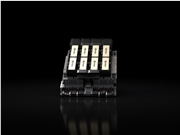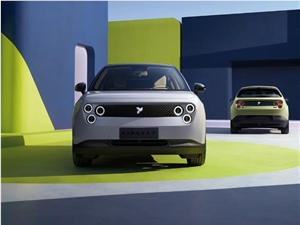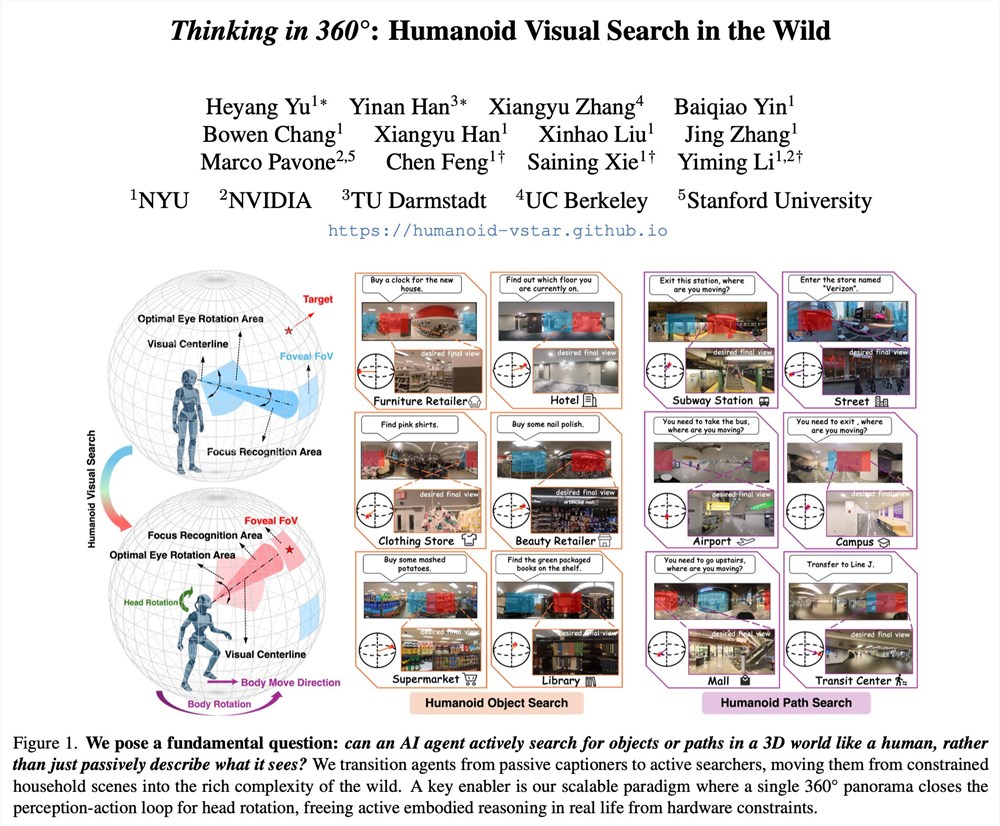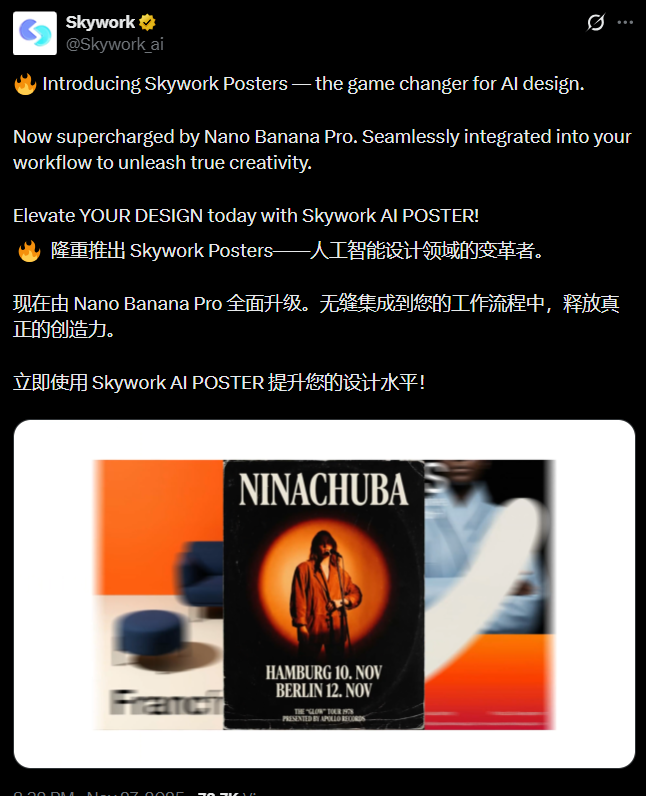Figure AI recently launched its third-generation humanoid robot - Figure03, a new model designed for home and commercial practical use, aiming to break through the laboratory prototype stage and achieve large-scale practical deployment. Brett Adcock, CEO of Figure AI, claimed: "Nothing in this movie is remotely operated."
The core driving force of Figure03 is Figure's self-developed "vision-language-action" model Helix. This system is designed to enable the robot to complete daily chores such as laundry, cleaning, and dishwashing without human guidance. Users can assign tasks or ask questions through voice commands. Figure stated that Figure03 can climb stairs by itself, navigate narrow corners, and adapt to changing layouts, demonstrating its adaptability to real-world application environments.
Performance and Hardware Innovations: Lighter, Faster, and More "Sensitive"
Figure03 has undergone multiple major hardware upgrades, making it lighter and more agile than its predecessor, Figure02:
Size and Power: It stands 1.68 meters tall, weighs 60 kilograms, can carry 20 kilograms, and moves at a speed of 1.2 meters per second. Fully electric, it can operate for up to five hours on a single charge, supporting wireless charging and automatic docking.
Visual System: The biggest upgrade lies in sensors and tactile feedback. Figure03 is equipped with new cameras, with double the frame rate, 75% reduced latency, and a 60% wider field of view. More notably, the robot has cameras built into its palms, providing a backup view when the main camera is blocked (such as when reaching into a cabinet).
Custom Tactile Feedback: Due to the insufficiency of off-the-shelf sensors, Figure AI developed custom touch sensors on its own. The company claims its sensitivity is sufficient to detect the weight of a paperclip, and the fingertips are made of softer materials to enhance grip stability.
Safety Design: To enhance home safety, Figure03 is equipped with foam padding at pressure points and adjustable, washable fabric covers.
Vertical Integration and Challenges for Mass Production
Figure AI claims that Figure03 is its first robot designed for mass production. To achieve this goal, the company simplified components and assembly steps, and chose industrial processes such as die casting, injection molding, and stamping. At the same time, Figure AI established a vertically integrated supply chain, developing key components such as actuators, batteries, sensors, and electronic devices on its own.
The company plans to achieve an initial annual production capacity of 12,000 units at BotQ factory, with a target production capacity of 100,000 units within four years. An internal MES (Manufacturing Execution System) will be used to track the production process and quality control.
However, despite these promises, key details remain undisclosed. Currently, there is no information about the pricing, release date, or independent benchmark tests of Figure03. So far, all demonstrations have come from the company itself. In addition, details about its core Helix AI model are also very limited, and Figure has not shared technical specifications or external evaluations.
The **"reality gap"** faced by autonomous robots—the difference between controlled testing environments and the unpredictable messiness of real homes—remains a significant challenge. Whether Figure03 can effectively handle complex obstacles like toys, pets, and tight spaces, and whether humanoid robots can surpass specialized machines in industrial fields, remains to be verified by the market.
As the mass-produced product that Figure AI has high hopes for, the launch of Figure03 is undoubtedly an important step in the field of humanoid robots. What do you think is the most anticipated feature of Figure03?










